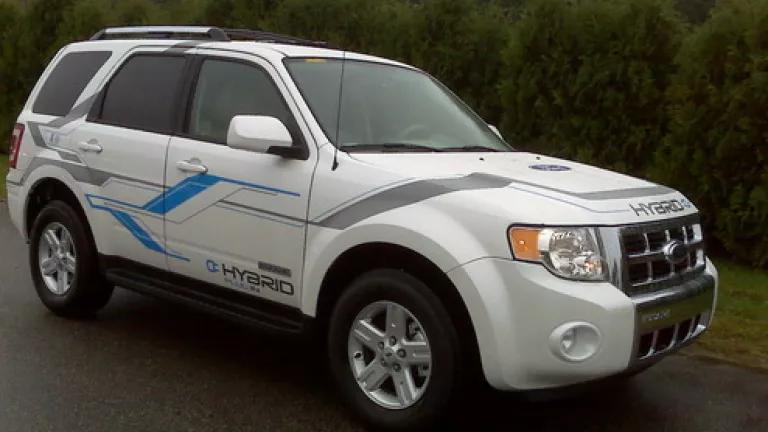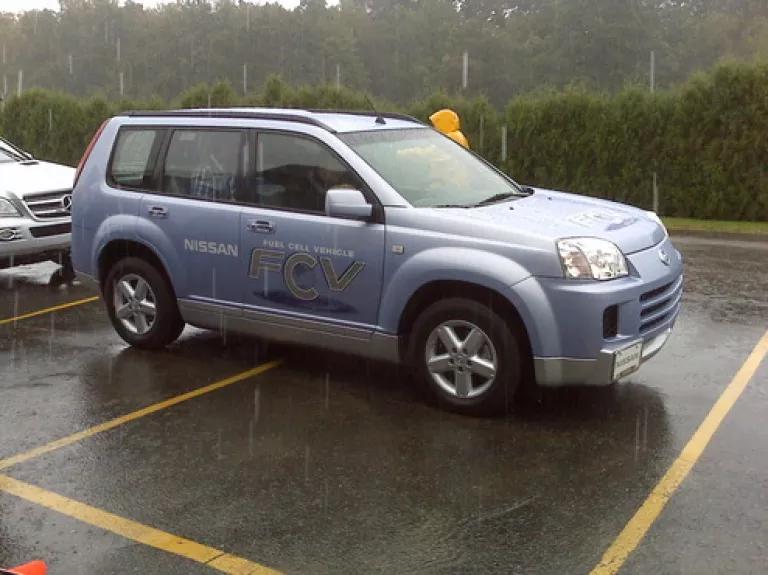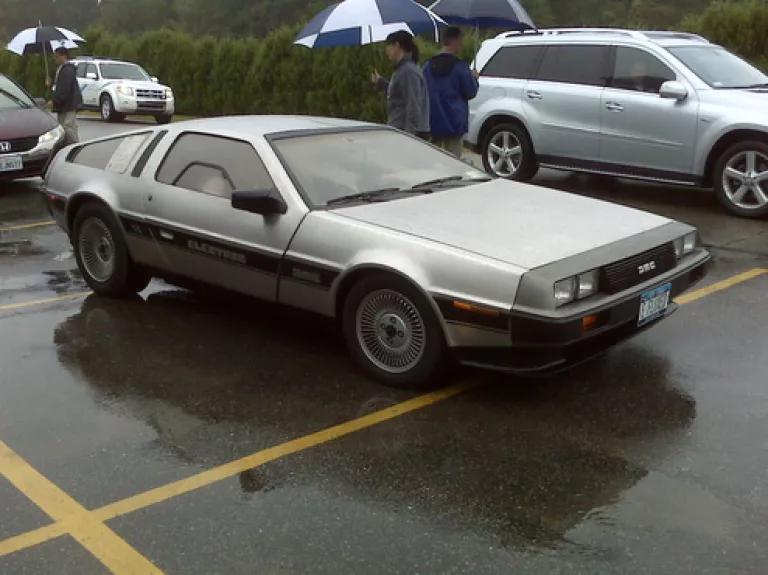
Last Friday, I was invited to the Consumer Reports test track to drive some of the cars of the future. It wasn't a typical test scene - no revving engines or the odor of petroleum. With the exception of the patter of rain drops, it was quiet. Sure, the cars were running but primarily on electricity.
Take, for example, the Ford Escape Flex-fuel Plug-in Hybrid (a bit of a mouthful, I know). As I started driving it around the track, I noticed a dashboard display with 'Engine Off'; I was quietly cruising on just the electric motor powered by a 10 kWh battery. I goosed the 'gas' pedal and got to about 30 mph before the engine started and seamlessly blended-in power to the wheels. Ford is already testing a fleet of these cars and expects to have them available to customers in the next few years.
I also drove around in the Nissan's entry into the hydrogen fuel cell vehicle world, the X-Trail FCV (Honda's FCX Clarity was also there). The X-Trail is not close to hitting the showrooms, but it definitely drove like a real car.

As my colleague Roland Hwang points out in the NY Times, there are three horses in the race to replace gasoline: electricity, hydrogen and biofuels. Cars driven by electricity and hydrogen have the same efficient and quiet drivetrain: the wheels of the vehicle are driven by an electric motor. The two cars differ in their source of electricity with plug-ins using a battery charged from an electrical outlet and fuel cells using a tank of hydrogen and fuel cell stack to create electricity. The flex-fuel plug-in Escape brings in the third element to a basically petroleum-free car. When driving demands call for extra power or a range that goes beyond the storage capacity of the battery, the engine can be fueled by sustainably-produced biofuels.
Also on display were some very near-term fuel-saving technologies that will show up in model year 2009 vehicles. Ford showed off their EcoBoost, which combines gasoline direct injection engine with turbocharging to allow smaller, more-efficient engines to operate with the same power performance as larger, thirstier predecessors. EcoBoost is an example of a host of technologies available today, such as high-speed transmissions and electric auxiliaries, that can dramatically improve conventional vehicle fuel economy. Using off-the-shelf technology, we could have a new fleet of cars and trucks that averages 35 mpg by 2015 instead of the 25 mpg of today.

My day at the track was completed with a Michael J. Fox reenactment of Back to the Future. No need to trigger the flux capacitor, though. This DeLorean drives on electricity-just like our future.

